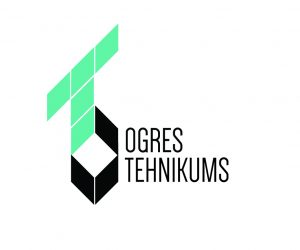Target group: teachers and students from VET schools and HE institutions
The course participant who will successfully pass this course will achieve the following learning outcomes:
- acquired new IT knowledge and skills,
- prepared and used Audio-visual materials and aids,
personalized own learning environment by using the IT and the experience of colleagues from other countries in creating and using training tools.

- Trainer/in: Maruta Dreimane
- Trainer/in: Dace Runca